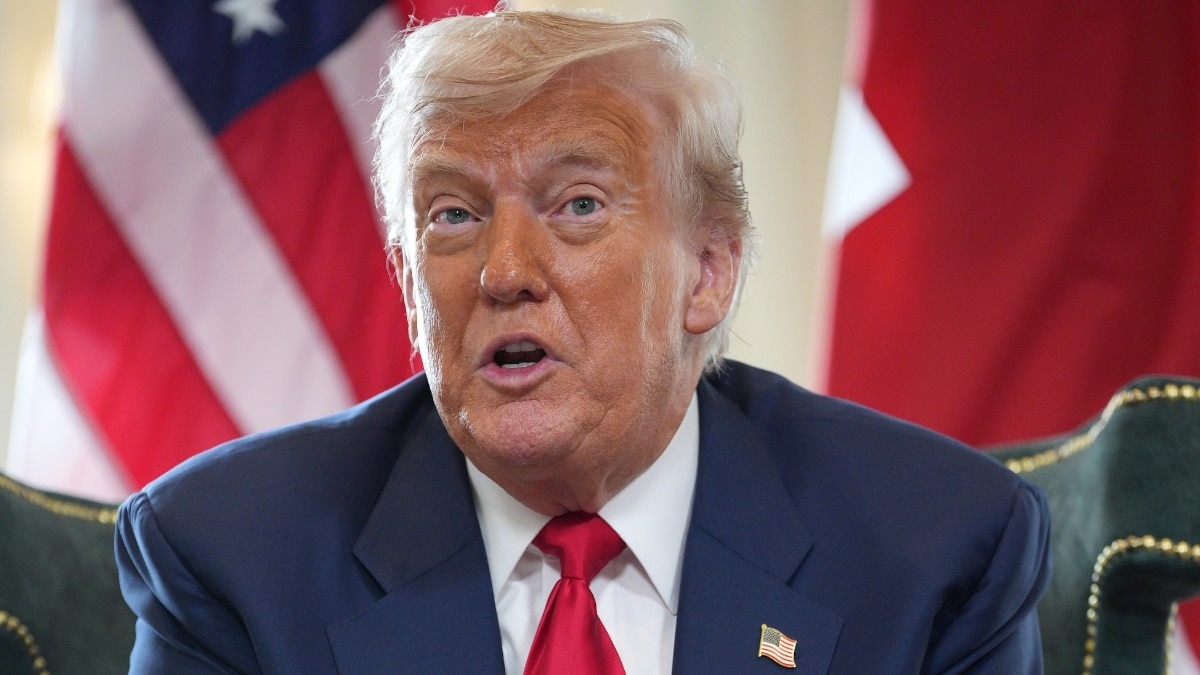When President Donald Trump announced a sweeping 25% tariff on Indian imports, plus a vague “penalty”, the spotlight turned to how global trade would shift. While many expected India’s South Asian neighbors to gain ground, the reality is far more complex—and far more strategic.
Vietnam: The quiet victor
Thousands of miles from Delhi, Vietnamese exporters are quietly celebrating. With only a 20% tariff on its goods heading to the U.S., Vietnam now enjoys a critical 5+ percentage point advantage over India. But it’s not just about percentages—it’s about timing, positioning, and preparation.
Vietnam already competes directly with India in several key sectors: electronics, textiles, seafood (especially shrimp), and processed foods. These sectors account for about 5% of India’s $91 billion in exports to the U.S., and Vietnam is ready to snap them up.
Its supply chains are solid. Its U.S. buyer relationships are strong. And unlike its regional rivals, Vietnam struck early, securing its trade deal before the tariff war escalated. That first-mover advantage is now paying off.
Indonesia and Philippines: Well-placed contenders
Close behind is Indonesia. Thanks to a July 2025 trade agreement, Jakarta’s exporters will face a 19% tariff—6+ percentage points below India’s rate, once penalties are factored in. The overlap with India is smaller, at around 1.5% of exports, but focused in high-value sectors like textiles, electronics, and palm oil.
The Philippines, also locked into a 19% rate, is similarly poised for modest gains, particularly in garments and electronics.
Malaysia: Advantage by default
Malaysia, with a matching 25% tariff, doesn’t seem like a winner—until you remember India’s additional “penalty.” With no such baggage, Malaysia gains a relative edge, especially in electronics where it directly competes with India. Still, without a tariff gap, the upside is limited.
South Asia: A surprising twist
For India’s South Asian neighbors, the tariff war is delivering a harsh surprise: they’re worse off than India.
Bangladesh, once a top competitor in garments, now faces a 35% tariff—making its products less competitive than India’s. Its $6B garment sector is already feeling the pain.
Pakistan confronts a 29% tariff, undercutting its $3.6B textile exports.
Sri Lanka is reeling from a 30% tariff on its $1.9B apparel exports.
Nepal, Bhutan, Maldives, and Afghanistan face a modest 10% tariff—but have little scale or export overlap with India to take advantage.
In a twist of geopolitical irony, Trump’s tariff war may hurt India—but it’s crushing its neighbors. Southeast Asia, especially Vietnam, stands ready to fill the gap in the U.S. market. But for South Asia, India emerges unexpectedly stronger, poised to take market share from its struggling neighbors.





